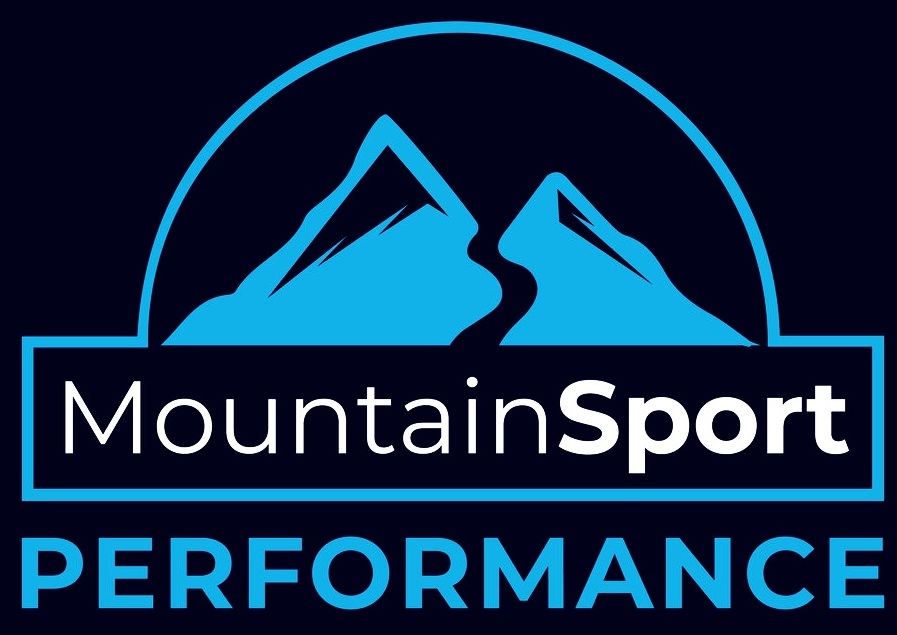Fat: Friend and Food
Fats, much like carbohydrates, have been demonized and adored over the years. From keto and paleo to the low-fat craze of the 90s, fat has been both poison and panacea. The truth is: healthy fats are needed for normal brain function, hormone control and muscular repair (not to mention it makes for good insulation) [1]. In the sport performance realm, fats also serves as fuel for low-to-moderate intensity exercise. In this article, we will cover the importance of dietary fats in general and as it applies to the mountain athlete.*
Fat and the Human Body
Fats, also known as fatty acids, are strings of carbon chains ranging from 8 to 24 units in length [2]. They can be saturated, monounsaturated, or polyunsaturated, with the mono- and polyunsaturated varieties typically being healthier due to their chemical properties. Mono- and polyunsaturated fats are found in foods like avocados, nuts, and common cooking oils. Saturated fats on the other hand typically come from animal products like red meat, butter, and eggs. While it should be limited, consumption of saturated fats won’t instantly induce cardiac arrest. Fat storage is nearly ubiquitous in the human body but concentrated in adipose tissue around the belly, hips, and organs. Fat can also be stored in an area particularly useful for sports performance: the muscle.
Intramuscular fat is an essential component of exercise, particularly for those interested in endurance activities like alpinism, distance running, and skimo [3]. Muscle fibers can be roughly broken down into a spectrum of fat-burning Type I fibers on one side and carb-burning Type II fibers on the other. See figure 1. Type I fibers function aerobically, meaning they use oxygen and fat to produce energy during low-to-moderate intensity exercise. Each fiber has hundreds (or even thousands of mitochondria) with a small fat globule saddled next to it. Within the first few minutes of endurance exercise, fatty acids will be cleaved off and transported into the mitochondria to be oxidized. See Figure 2. While fat metabolism is a relatively slow process, the aerobic system can continue energy production for many hours or days at a time. Having a robust aerobic system is how ultra-athletes like Courtney DeWaulter and Kilian Jornet run hundreds of miles without bonking!
Fat Intake Recommendations and Timing
Official recommendations for fat range from 20-35% of total daily caloric intake [1]. Fat is the most calorically-dense macronutrient, offering 9 kilocalories per gram as opposed to carbohydrate’s and protein’s 4 kcal/g. This means that fat is ideal for long-distance and mountain travel: less weight provides more calories. In general, lower-intensity, longer -duration activities (alpinism, hiking, trail running) may want to err towards the upper end of the range. There is even some budding literature suggesting very high fat diets (>70% intake) can increase time to fatigue in cyclists and other endurance athletes, however more research needs to be conducted to confirm this [5]. Higher-intensity, shorter-duration activities (sport climbing, middle distance running) may be better off consuming extra carbohydrates and aiming for around 20% of daily calorie intake.
Lastly, is the timing of fats for exercise. While there is no doubt fat is an important part of every pre- and post-exercise meal, the exact amount and timing depends on the individual and the activity in question. For longer days in the mountains, eat a large, oily breakfast. It will keep you satiated and psyched during the approach. On the other hand, eating a full English breakfast before redpointing your sport project could be disastrous. Like most nutritional recommendations, it is totally up to the individual to play with fat consumption and decide what works for their body.
Conclusion
In summation, fats are an essential part of the human diet for both normal day-to-day function and sports performance. Longer duration activities such as alpinism, cycling, hiking and trail running may benefit from a higher fat intake, but more research needs to be conducted to confirm this. We do know that a cold slice of pizza or avocado really hits the spot after a long uphill slog though. So, experiment with healthy fats. See how an extra teaspoon of olive oil or shmere of butter makes you feel before your next run. You might just like it!
Thanks for reading! Get out there and send!
*Before we get any further it should be stated that everyone’s body is different, and some people may not have the same reaction to one food over another. These recommendations will be made towards the general athletic population. Proceed with caution and always consult a doctor before making any drastic changes to your diet.
References:
Jeukendrup, Asker, and Michael Gleeson. Sport nutrition. Human Kinetics, 2018.
Brooks, George Austin, Thomas Davin Fahey, and Timothy P. White. Exercise physiology: Human bioenergetics and its applications. No. Ed. 2. Mayfield publishing company, 1996.
Jeukendrup, A. E., W. H. M. Saris, and A. J. M. Wagenmakers. "Fat metabolism during exercise: a review. Part III: effects of nutritional interventions." International journal of sports medicine 19.06 (1998): 371-379.
Bagley, James R., Kevin A. Murach, and Scott W. Trappe. "Microgravity-induced fiber type shift in human skeletal muscle." Gravitational and Space Research 26.1 (2012).
Lambert, Estelle V., et al. "Enhanced endurance in trained cyclists during moderate intensity exercise following 2 weeks adaptation to a high fat diet." European journal of applied physiology and occupational physiology 69.4 (1994): 287-293.
Stipanuk, Martha H., and Marie A. Caudill. Biochemical, Physiological, and Molecular Aspects of Human Nutrition-E-Book. Elsevier health sciences, 2013
About the Author
Philip Ferrara is a passionate coach, researcher, and physiologist with nearly a decade of climbing experience. He is also an NSCA-Certified Strength and Conditioning Specialist (C.S.C.S.) with 5 years of personal training experience. Philip earned his undergraduate degree from the University of Georgia in dietetics, focusing on sports nutrition. He then obtained his master's degree from Montana State University in exercise physiology and nutrition sciences, where he studied finger strength and fatigue in sport rock climbers. His work has been presented at conferences around the world, including the International Rock Climbing Research Association's biennial meeting.
When not climbing, Philip is an avid skier, trail runner and home cook.
Follow Philip on Instagram or train with him on Trainerize!




![Figure 2: A lipid blob (L) saddled next to a mitochondria (m) with glycogen (G) close by. [6]](https://images.squarespace-cdn.com/content/v1/5b02ed038ab72284fd9b3c28/1565463075254-5D0FUHL58FECFPIZIUZ7/Lipid%2C+Mito%2C+Glyco.jpg)
